Introduction: Why Plumbing Myths Can Cost You
Plumbing is one of those home essentials that most people rarely think about—until something goes wrong. When a leak or clog pops up, many homeowners turn to the internet, friends, or family for quick fixes. Unfortunately, this well-intentioned advice often includes myths and outdated practices that can make plumbing problems worse, not better. From using store-bought drain cleaners indiscriminately to believing that minor leaks will “fix themselves,” misconceptions about plumbing are everywhere. These myths don’t just waste time—they can lead to expensive repairs, water damage, and even health hazards. As your trusted source for plumbing updates, DIY fixes, and industry insights, we’re here to set the record straight. In this comprehensive guide, we’ll debunk the most persistent plumbing myths, explain what actually works, and offer expert-backed tips to keep your system running smoothly. Whether you’re a DIY enthusiast or just want to avoid costly mistakes, understanding what’s fact and what’s fiction is essential for every homeowner and aspiring plumber.
Myth 1: “If It’s Draining, It’s Fine”
The Reality Behind Slow Drains
Many people believe that as long as water disappears down the drain, everything is functioning properly. In reality, slow drains are often the first sign of a developing clog or pipe issue. Ignoring sluggish drainage can lead to full blockages, pipe corrosion, or even sewage backups.
What Actually Works
- Regular Inspection: Check for slow drainage in sinks, tubs, and showers. If you notice water pooling, address it immediately.
- Physical Removal: Use a drain snake or hair catcher instead of chemical solutions for minor clogs.
- Preventive Maintenance: Flush drains with hot (not boiling) water and a bit of dish soap monthly to reduce buildup.
Myth 2: “Store-Bought Drain Cleaners Are Safe for Pipes”
The Dangers of Chemical Drain Cleaners
Chemical drain cleaners often contain harsh acids or lye that can eat through clogs, but they also corrode metal and melt certain plastics. Over time, repeated use weakens pipe walls, leading to leaks or bursts. These chemicals can also harm septic systems and are hazardous to the environment.
What Actually Works
- Manual Methods: Plungers and drain snakes are effective for most household clogs.
- DIY Safe Solutions: A mixture of baking soda and vinegar followed by hot water can help with small buildups (but won’t clear serious clogs).
- Professional Help: Persistent or recurring clogs should be addressed by a licensed plumber who can assess for deeper issues.
Myth 3: “A Leaky Faucet Is Just a Minor Nuisance”
The Hidden Costs of Leaks
That steady drip from your kitchen or bathroom faucet might seem harmless, but it can waste hundreds of gallons of water per year, drive up utility bills, and cause mineral buildup or mold growth. Small leaks can also indicate underlying issues, such as worn washers, faulty seals, or pipe corrosion.
What Actually Works
- Immediate Repair: Replace washers, O-rings, or cartridges at the first sign of a drip.
- Inspect for Damage: Check for water stains under sinks or around faucet bases.
- Upgrade Fixtures: Consider installing modern, water-saving faucets with ceramic disc valves for longer life and fewer leaks.
Myth 4: “Flushable Wipes Are Safe for Plumbing”
The Truth About “Flushable” Products
Despite marketing claims, so-called flushable wipes do not break down like toilet paper. They often get caught on pipe joints, roots, or rough surfaces, leading to stubborn clogs and expensive repairs. Municipal sewage systems have reported massive blockages caused by wipes and other personal care products.
What Actually Works
- Stick to Toilet Paper: Only flush waste and toilet paper—nothing else.
- Educate Household Members: Make sure everyone in the home understands what can and can’t go down the toilet.
- Dispose of Wipes Properly: Throw wipes, sanitary products, and similar items in the trash.
Myth 5: “Plumbing Fixtures Don’t Need Routine Maintenance”
Why Preventive Care Matters
Like any mechanical system, plumbing fixtures need periodic care to function smoothly. Ignoring maintenance can result in premature wear, leaks, and reduced efficiency. Simple annual or semi-annual checkups prevent small issues from turning into big problems.
What Actually Works
- Regular Cleaning: Remove mineral deposits from faucets and showerheads with vinegar soaks.
- Check Seals: Inspect and replace worn washers, gaskets, or O-rings in faucets and toilets.
- Test Shutoff Valves: Operate shutoff valves under sinks and behind toilets to ensure they move freely and don’t leak.
Myth 6: “Garbage Disposals Can Handle Anything”
Understanding Disposals’ Limits
Garbage disposals are convenient, but they’re not designed to process all types of food waste. Fibrous materials (like celery and corn husks), grease, coffee grounds, and eggshells can dull blades, clog drains, and gum up moving parts. Overuse or misuse leads to jams and expensive repairs.
What Actually Works
- Know What to Avoid: Never put grease, fats, starchy peels, or stringy veggies down the disposal.
- Use Cold Water: Always run cold water before, during, and after using the disposal to help grease solidify and move through pipes.
- Regular Cleaning: Clean the disposal with ice cubes and citrus peels to sharpen blades and reduce odors.
Myth 7: “All Plumbers Are the Same”
The Importance of Qualifications and Experience
Some homeowners believe that any plumber, licensed or not, can handle their repair or installation. The truth is, experience, certification, and insurance matter. Licensed plumbers are trained to understand local codes, safety standards, and best practices. Hiring unqualified technicians can result in incomplete repairs, voided warranties, and legal liability if something goes wrong.
What Actually Works
- Check Credentials: Always verify a plumber’s license and insurance before hiring.
- Read Reviews: Look for consistent, positive feedback and transparent pricing.
- Ask About Guarantees: Professional plumbers stand behind their work and offer warranties on labor and materials.
Myth 8: “Hot Water Melts Grease in the Drain”
Why This Practice Backfires
Pouring hot water down the drain may temporarily liquefy grease, but as it cools further down the line, the grease solidifies and clings to pipe walls. Over time, this leads to slow drains and major blockages.
What Actually Works
- Dispose of Grease Properly: Pour used cooking oil and grease into a heat-safe container and discard it in the trash.
- Wipe Pans First: Before washing, wipe out greasy pans with paper towels.
- Use Strainers: Install sink strainers to catch food particles and prevent them from entering the drain.
Myth 9: “DIY Plumbing Is Always Cheaper”
The Hidden Costs of Inexperience
While DIY plumbing can save money on minor repairs, tackling complex issues without the right knowledge or tools often leads to more expensive problems. Common mistakes include overtightening connections (which can crack fittings), using incompatible pipe materials, or misapplying sealants.
What Actually Works
- Know Your Limits: Handle simple tasks (like replacing a showerhead), but call a pro for major leaks, sewer line issues, or code-required work.
- Educate Yourself: Use reputable sources and follow manufacturer instructions closely.
- Invest in Quality Tools: The right tool makes a big difference in results and safety.
Myth 10: “Water Heaters Don’t Need Attention Until They Fail”
Consequences of Neglect
Water heaters accumulate sediment over time, which reduces efficiency, shortens lifespan, and can cause noisy operation or even tank failure. Small leaks around the base or malfunctioning pressure relief valves are early warning signs that should not be ignored.
What Actually Works
- Annual Flushing: Drain a few gallons from the tank each year to remove sediment.
- Check the Anode Rod: Inspect and replace the sacrificial anode rod every 3–5 years to prevent internal corrosion.
- Monitor Temperature Settings: Keep the thermostat at 120°F (49°C) to reduce scalding risk and save energy.
Bonus: Quick-Reference Plumbing Myths Chart
| Myth | Reality | Expert Tip |
|---|---|---|
| Draining water = no problem | Slow drains are early warning signs | Address slow drainage promptly |
| Chemical drain cleaners are safe | They can corrode pipes | Use manual tools or call a pro |
| Flushable wipes are fine | They cause clogs and blockages | Only flush toilet paper |
| Minor leaks don’t matter | They waste water and cause damage | Fix leaks right away |
| DIY is always cheaper | Inexperience can cost more | Know your limits and get help when needed |
Conclusion: Trust the Facts, Not the Myths
Plumbing myths persist because they’re often passed down through generations or spread by well-meaning friends. However, the risks associated with following bad advice are real: water damage, health hazards, wasted money, and headaches you could easily avoid. As we’ve shown in this guide, many common beliefs—from relying on chemical drain cleaners to thinking any plumber will do—are not only outdated, but potentially dangerous. Effective plumbing maintenance and repair start with reliable information and the right approach. By learning the facts, investing in routine care, and calling in the experts when needed, you’ll protect your home, save money, and ensure your plumbing system works reliably for years to come.
Remember, your plumbing system is a crucial investment in your property’s value and your family’s comfort. Don’t gamble with shortcuts or myths—arm yourself with accurate knowledge and make informed decisions. For more trusted plumbing updates, DIY tips, and industry insights, stay tuned to our blog and reach out with your questions. We’re here to help you separate fact from fiction and keep your plumbing in top shape, year after year.
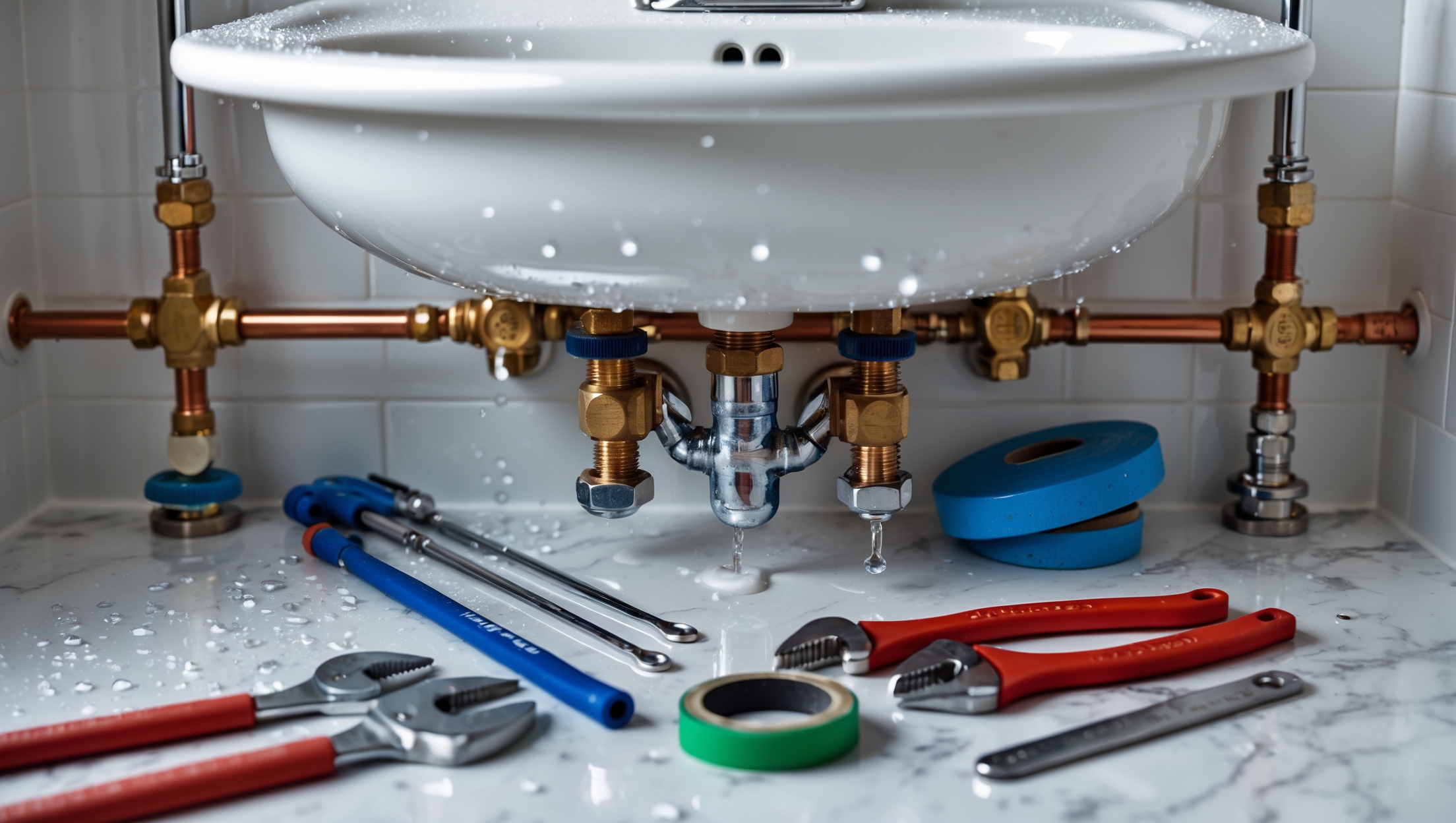

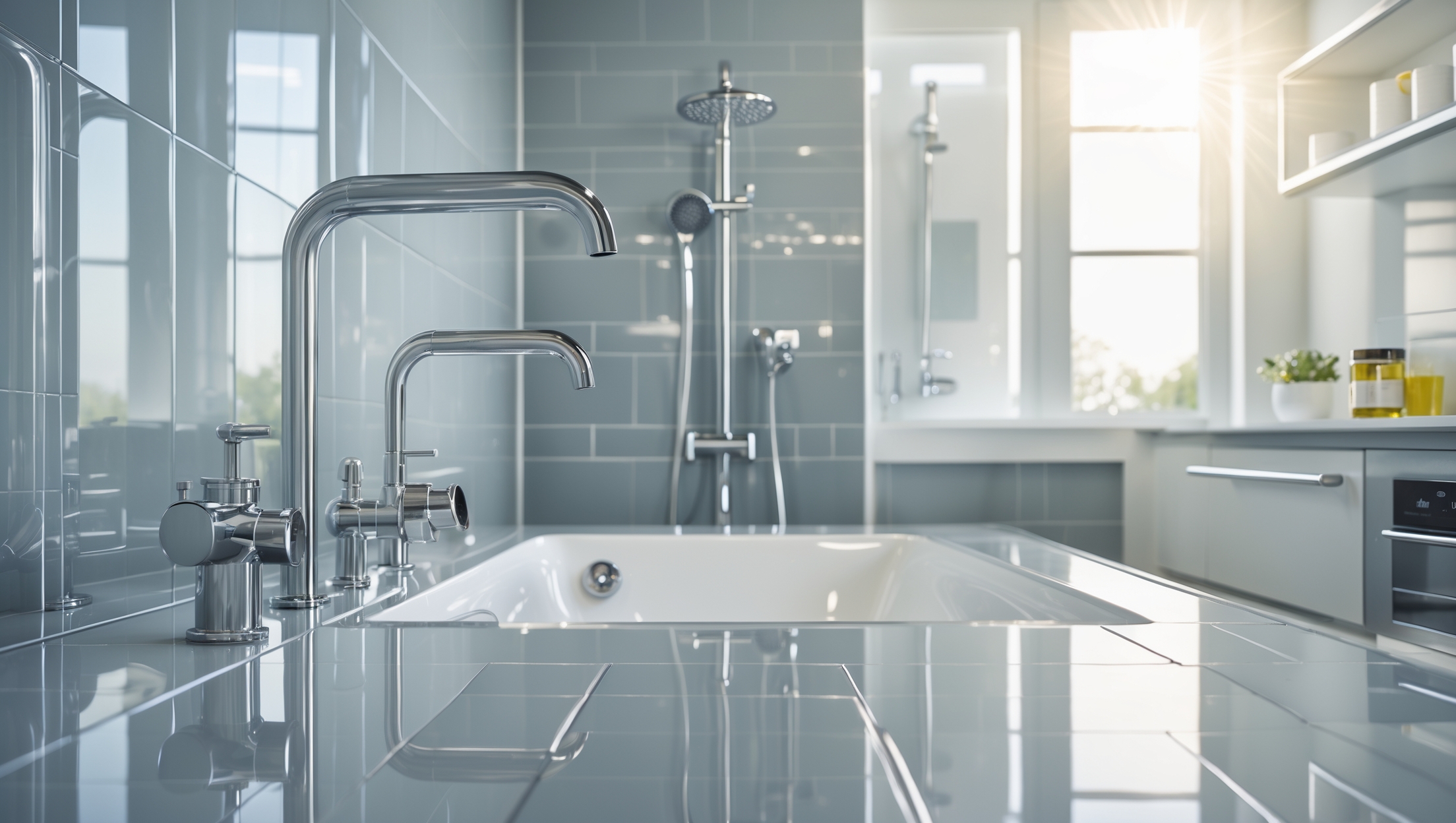

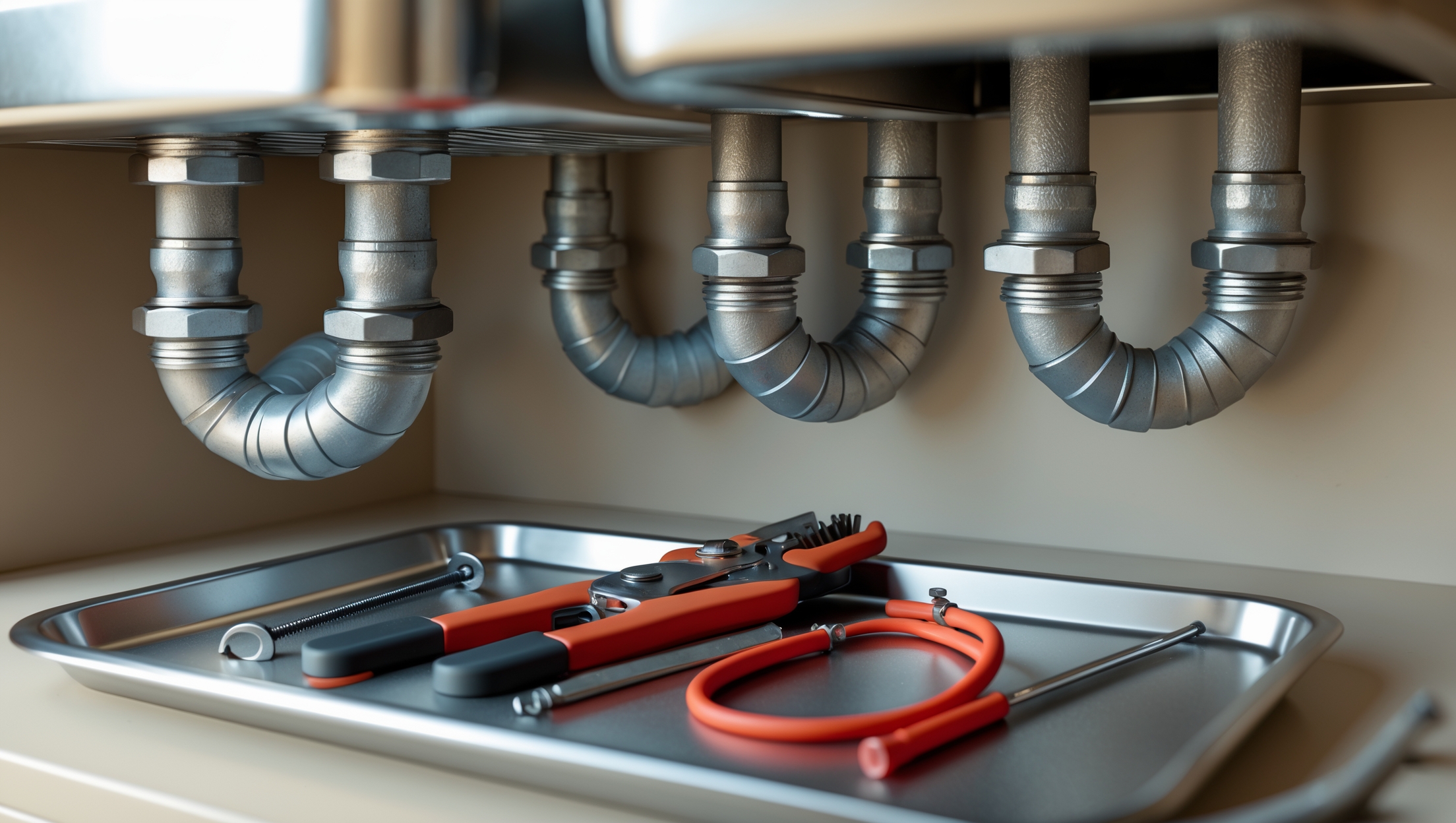
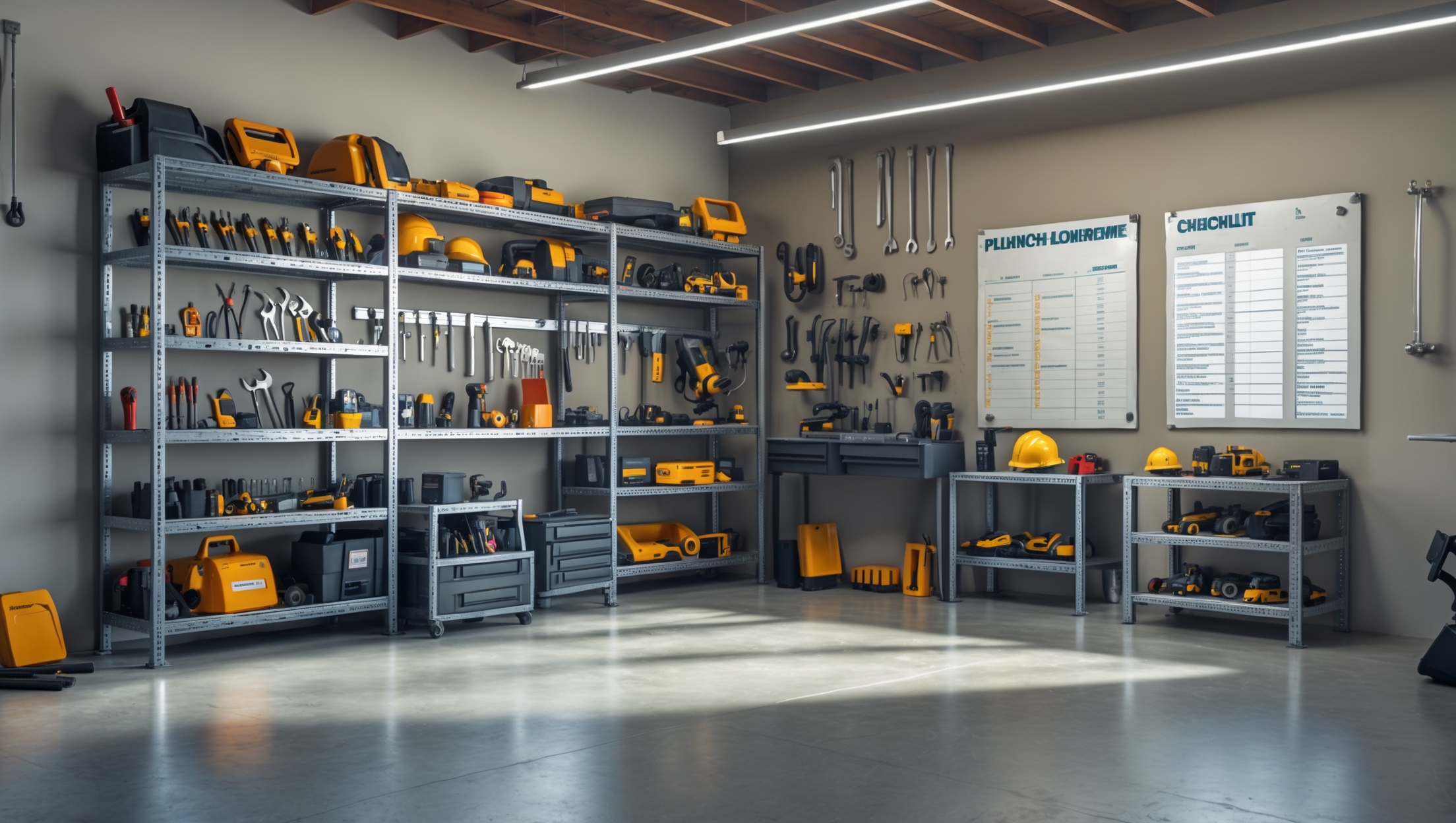


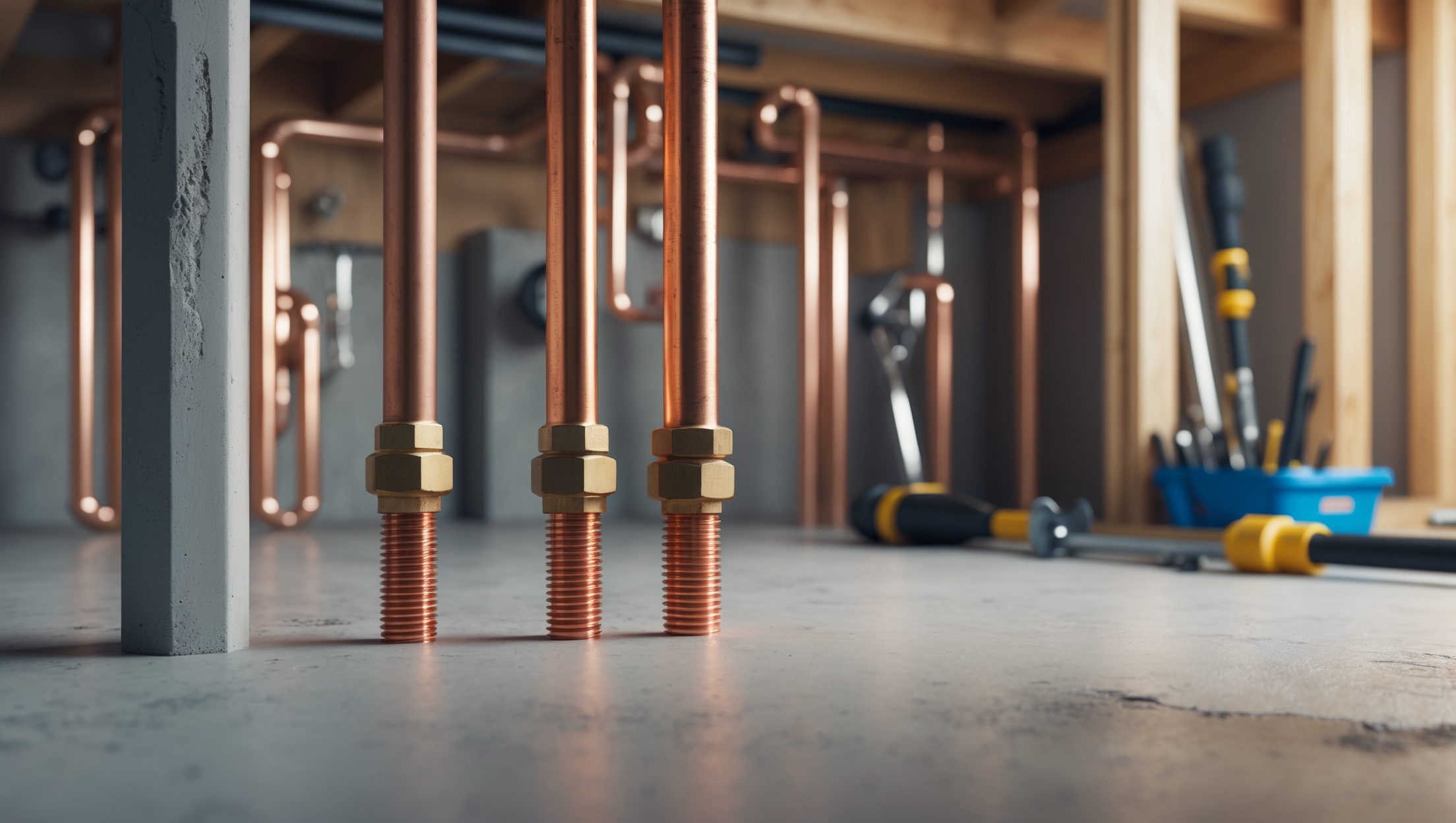
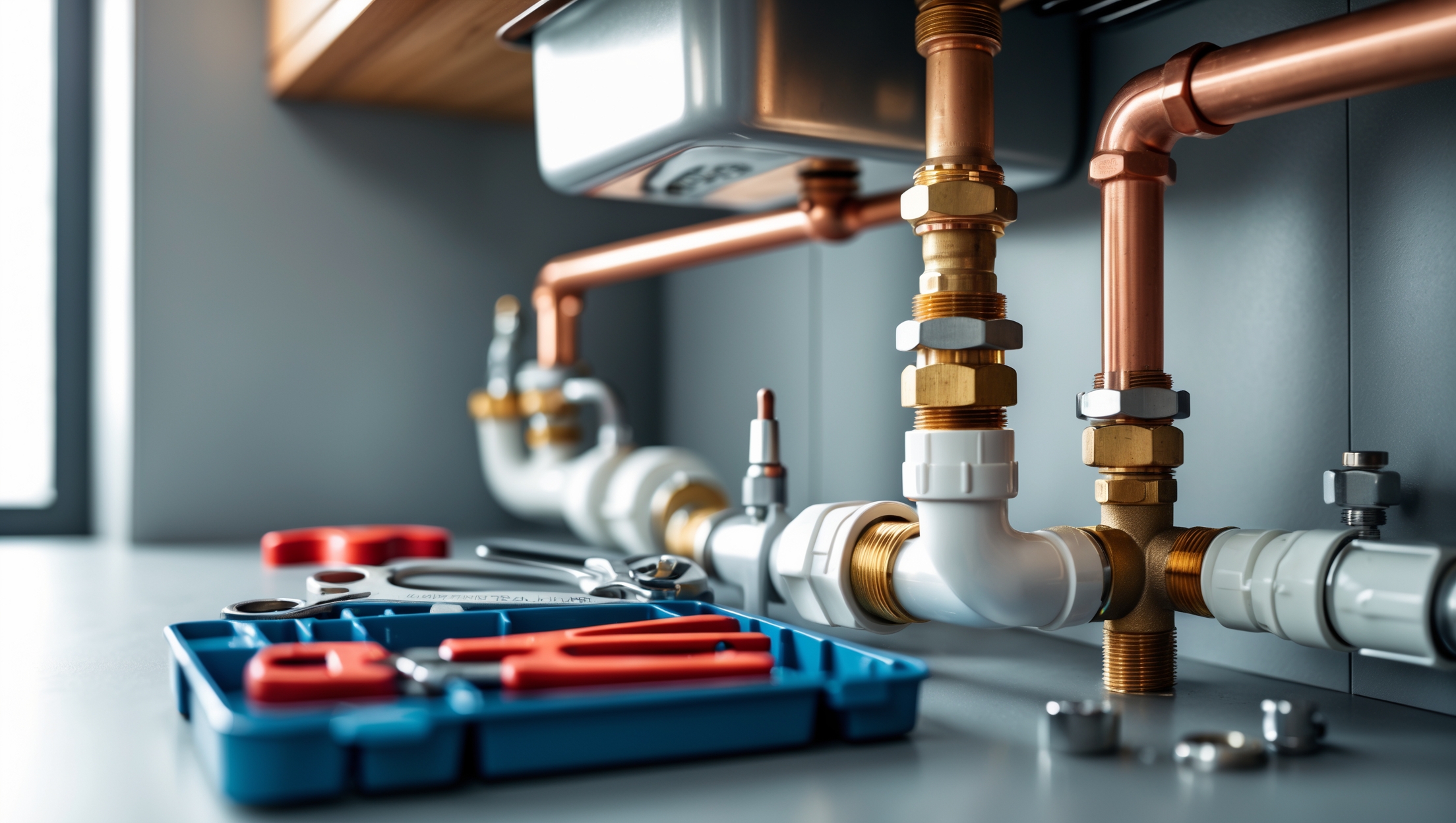
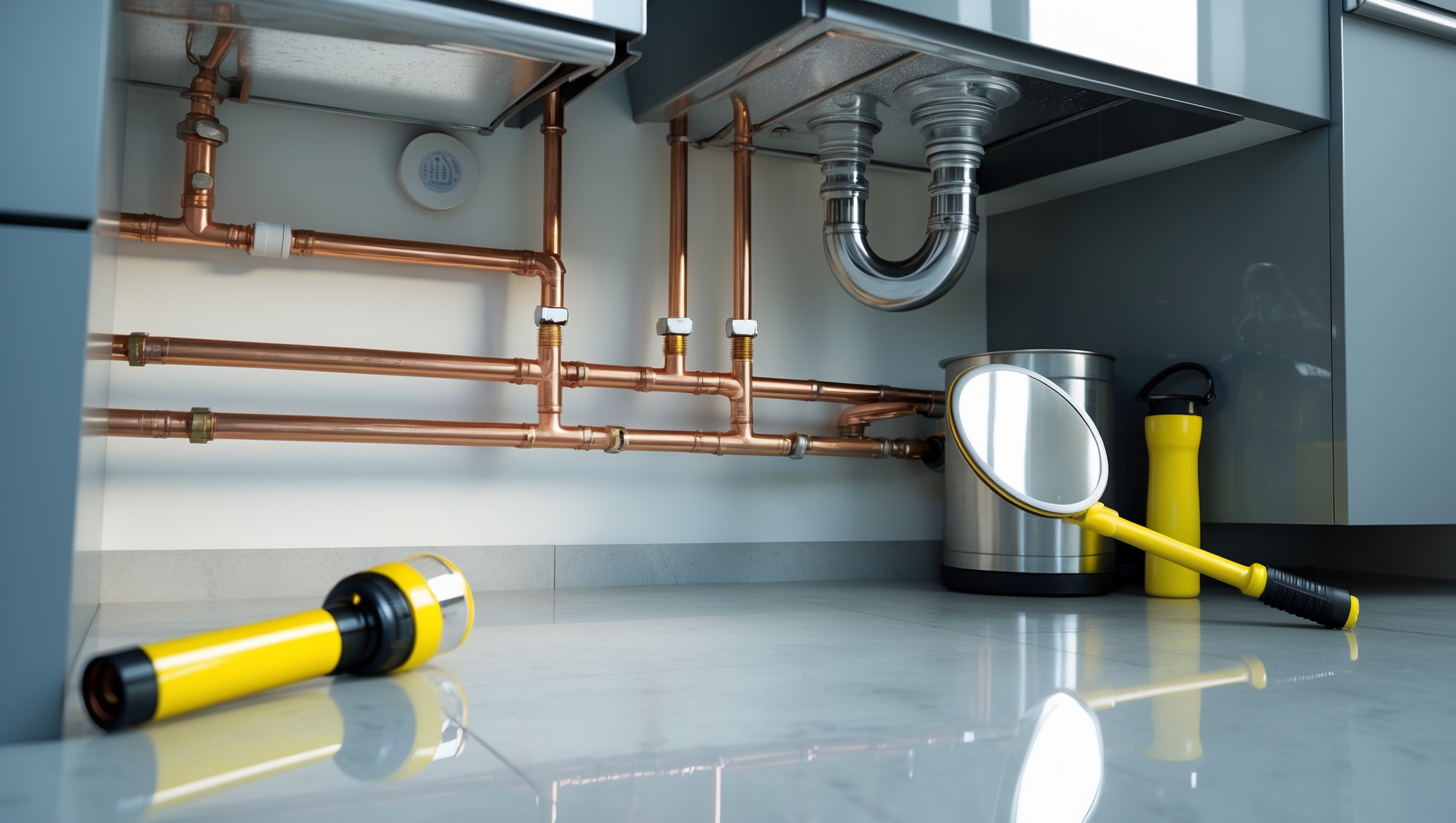
Brian Gonzalez
You mention preventive maintenance for drains, but how long does it typically take for a slow drain to turn into a full blockage? I’m wondering how urgently I should act when I first notice slower draining.